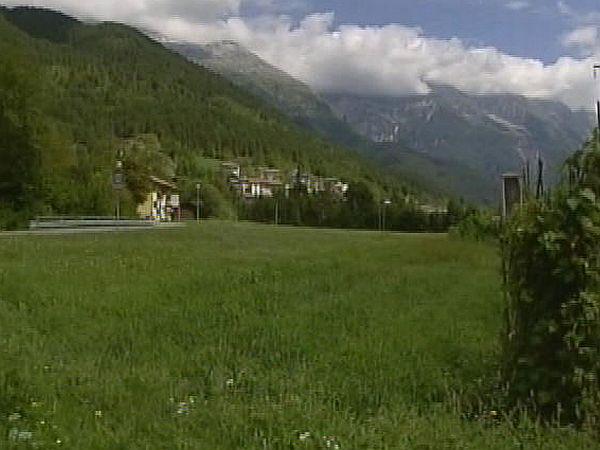
The remote valley of Rezija, a Slovenian-speaking area of northeastern Italy, is mysterious even to most Slovenians. Separated from the rest of Slovenian-speaking territory by high mountains, it has developed its own dialect, music, and traditions. Its isolation has also enabled the valley to preserve its own folk tales, the best of which were patiently collected by a far-sighted man, who preserved them for posterity.
Milko Matičetov was a native of Slovenia’ Karst Plateau but was fascinated by the culture of the Rezija Valley. In the 1960s, he headed the area under the towering Mount Kanin to preserve its storytelling tradition. He recorded stories that had been passed down from generation to generation and then transcribed the tales to make them intelligible to readers across Slovenia, while preserving the local rhythm.
Most stories collected by Matičetov, and then published as a book, were fables featuring animals. Among the recurring characters were the Ravenous Wolf and the Wiley Fox, which inspired the name of the anthology – The Little Bests of Rezija (“Zverinice iz Rezije”).
The stories managed to be simultaneously entertaining to children and interesting to adults. They provided a close-up glimpse of the life, values, and traditions of one of the least-known parts of the Slovenian lands. Inspired by his discovery, Matičetov kept returning to the valley; his research also inspired him to publish articles about Rezija in various international journals. Meanwhile, the stories themselves were translated into languages as diverse as French and Lusatian Sorbian.
The Little Beasts of Rezija ultimately became a puppet show on television, and over the years, the stories have been issued on audio tapes and CDs. Well into the 21st century, new technology is continuing to introduce new generations to one of Slovenia’s oldest storytelling traditions.

































































